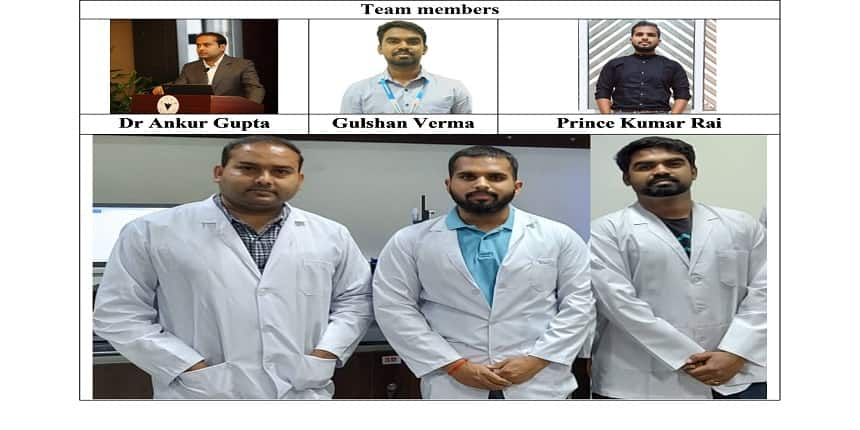IIT Jodhpur researchers develop two-step approach for textile industry-based wastewater recovery
Arpita Das | January 27, 2023 | 03:36 PM IST | 2 mins read
The study at IIT Jodhpur focuses on the combination of electrochemical and photocatalytic treatment of textile wastewater.

NEW DELHI: The Indian Institute of Technology (IIT) Jodhpur’s researchers have developed a two-step approach for textile industry-based wastewater recovery. The treatment includes the electrochemical processing of the sample in the first step, followed by the real-time photocatalytic degradation using novel ZnO caterpillars outgrown over carbon nanofibers in the second step.
The technology possesses several advantages, reducing the constraints of each process when applied separately, along with the complete degradation of pollutants, and no secondary pollution. The coloured wastewater that emerged from textile industries can be processed with the explored technique and reused the treated water for various other purposes.
Also Read || IIT Jodhpur opens applications for MBA programmes; Apply by February 28
This two-step process for treating textile wastewater before discharging them into natural water bodies is found out by Dr Ankur Gupta, Assistant Professor, Department of Mechanical Engineering, IIT Jodhpur along with his research scholars Gulshan Verma and Prince Kumar Rai, and Professor Jan Gerrit Korvink and Dr Monsur Islam from Karlsruhe Institute of Technology, Germany, found out
Talking about the need for the research, Dr Ankur Gupta, Assistant Professor, Department of Mechanical Engineering, IIT Jodhpur, said, “We need to think about recycling the wastewater & reusing the water wherever possible.”
Also Read || IIT Jodhpur establishes centre for research and innovation in clean energy
There is an escalating need to address the problem associated with contaminated water which is the consequence of a huge number of steel and textile industries that release a large amount of polluted wastewater. Degradable organics, heavy metals, dyes, surfactants, and pH-controlled chemicals are among the contaminants found in textile effluents (TEs).
The salient features of the research include:
- The integrated process provides high organic matter removal efficiency with better reduction of harsh colours present in the real textile samples.
- A facile fabrication approach is used to produce ZnO caterpillars outgrown over carbon nanofibers on Si substrate using the vapour-liquid-solid method.
- Real-time textile wastewater degradation is monitored using the IoT technique by integrating a NodeMCU microcontroller board and a pH sensor.
Also Read || IIT Jodhpur starts MTech in robotics, mobility systems from 2022-23 academic session
"The photo-catalytic decolourization process takes ~240 min to transform the greenish-yellow textile effluent to colourless (~99.1%). Additionally, significant amounts of TSS (~75%) and TDS (~80%) were removed from textile wastewater with the integration of electrochemical and photocatalytic degradation processes. Further, the hydrophobic nature (CA:130.35̊) of the fabricated ZnO caterpillars and electrochemical processing together has opened a new avenue for exploring and further utilizing for industrial wastewater treatment. As per the researchers, the laboratory-based proof-of-concept can be scaled up to process industrial-released effluents and remediate wastewater", stated IIT Jodhpur release.
Follow us for the latest education news on colleges and universities, admission, courses, exams, research, education policies, study abroad and more..
To get in touch, write to us at news@careers360.com.